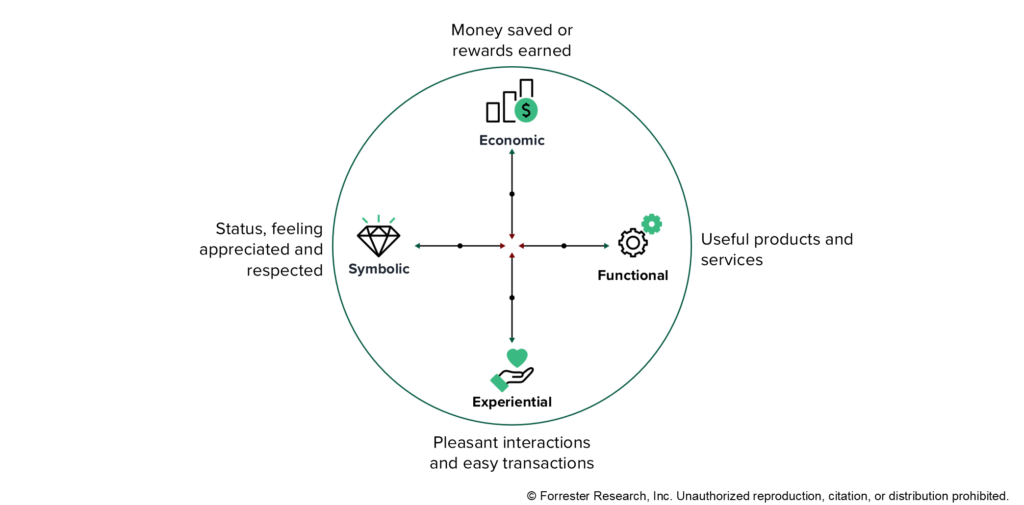Source: GIPHY
For companies, it’s a foregone conclusion that consumers want personalized interactions, but this is not entirely true. In Forrester’s October 2024 Consumer Pulse Survey, 33% of US consumers said that they never want to receive personalized interactions from companies. Consumers are also increasingly privacy-aware and feel that companies need to provide something in return for giving up their personal data. Even then, our consumer data dating back to 2020 shows that at least 30% of consumers consistently indicate that nothing will motivate them to share more personal data with companies.
Consumers simply want relevancy and value. Relevancy doesn’t mean that it needs to be a 1:1 interaction with a consumer or customer. A personalized interaction could deliver relevancy via broad segmentation to a large group of consumers or at an individual customer level. What matters is that it’s a contextually appropriate interaction. Consumers need to realize value from that personalized interaction across Forrester’s four dimensions of customer value:
- Economic value. Consumers realize economic value when they save money, get free things, or feel that they’re paying a fair or predictable price. In today’s environment, 62% of US consumers want economic value from personalized interactions, according to Forrester’s October 2024 Consumer Pulse Survey.
- Functional value. When consumers find usefulness during product or service decisions, the buying process, or support and help, they feel functional value. From the same survey, 36% of US consumers want personalized interactions to provide functional value.
- Experiential value. Interactions and sensations such as design and sensory allure or courtesy and reassurance support experiential value. Twenty-eight percent of consumers care about personalized interactions having positive experiential value.
- Symbolic value. When consumers feel meaning such as self-affirmation, social standing, support and caring, or belonging and connection, they realize symbolic value from companies. Fifteen percent of US consumers want personalized interactions to provide symbolic value.

To guide your consumer personalization research journey, check out our new The State Of Consumer Personalization, 2024 report, then follow up with the strategy, data, technology, and measurement modules.
There’s a lot to unpack on the topic of consumer personalization, so let’s continue the conversation. Schedule a guidance session or inquiry with us.